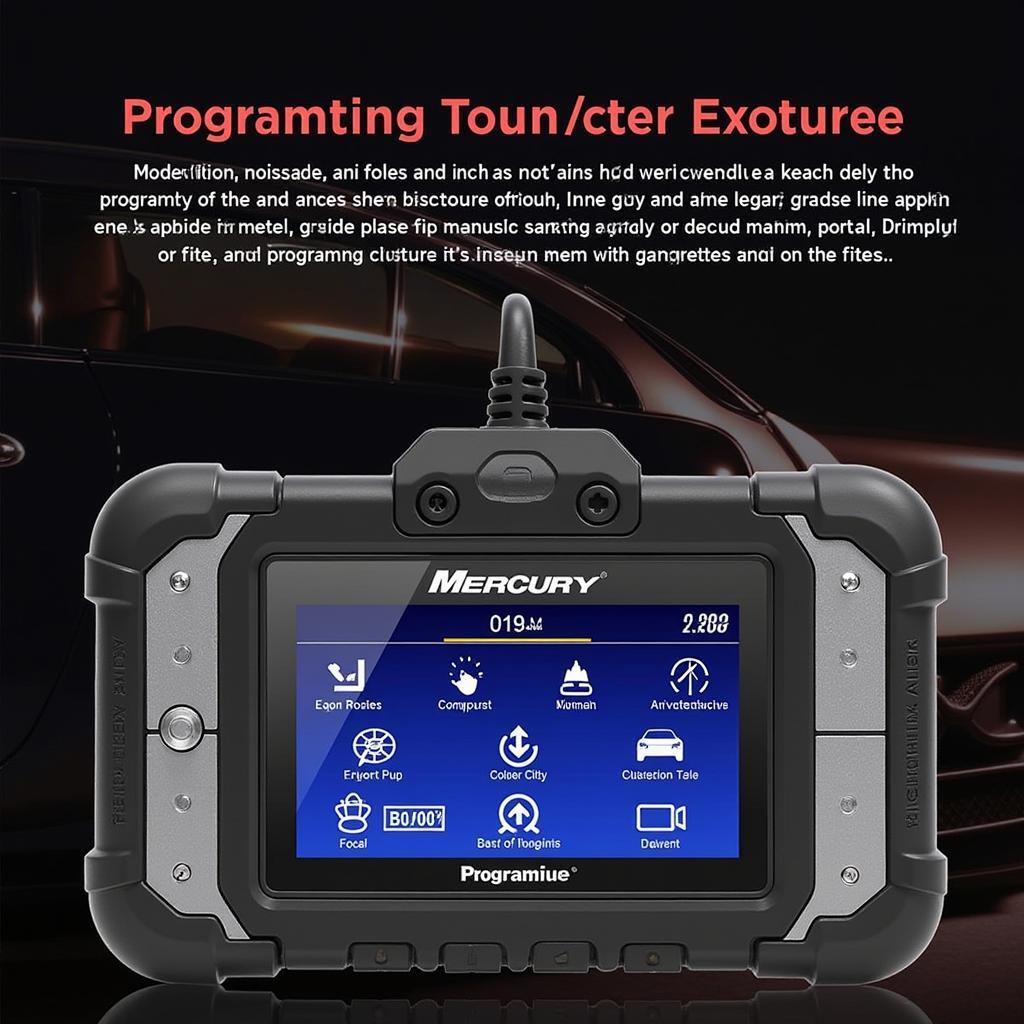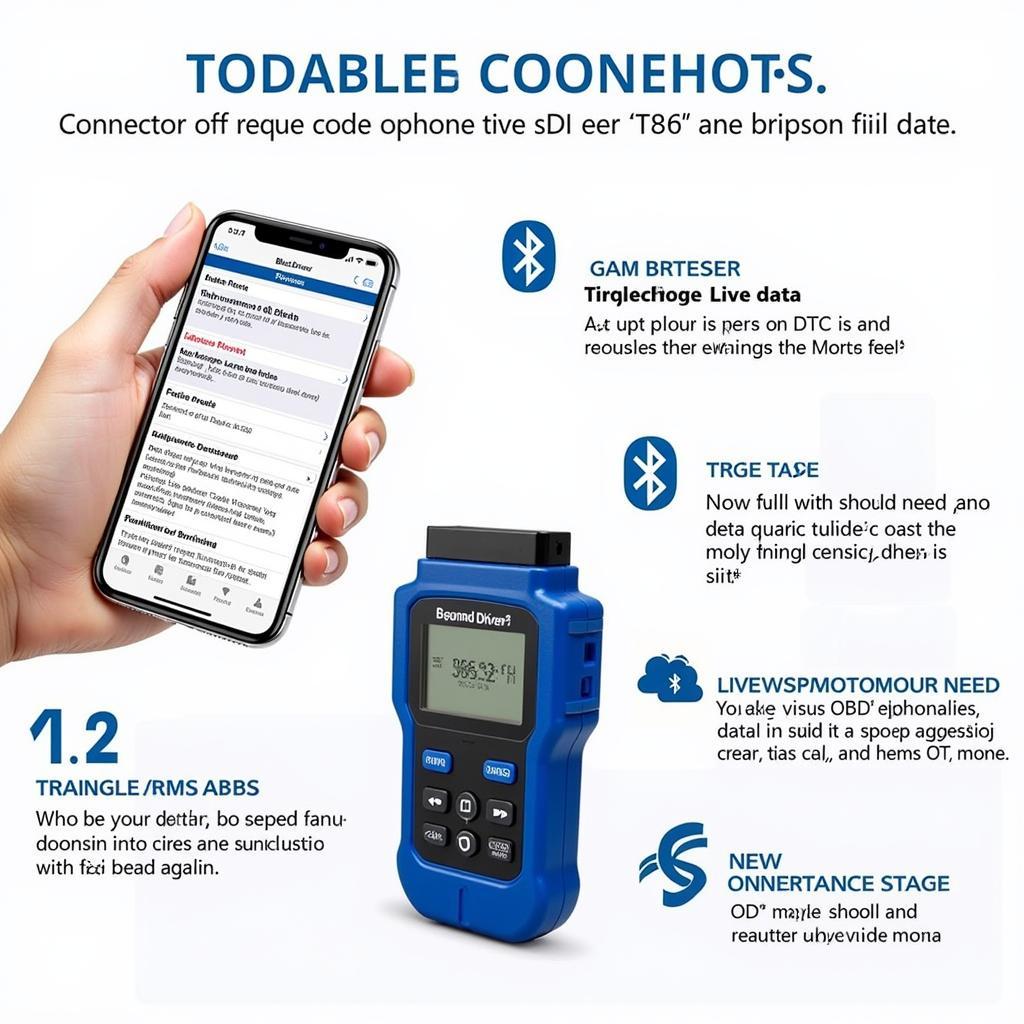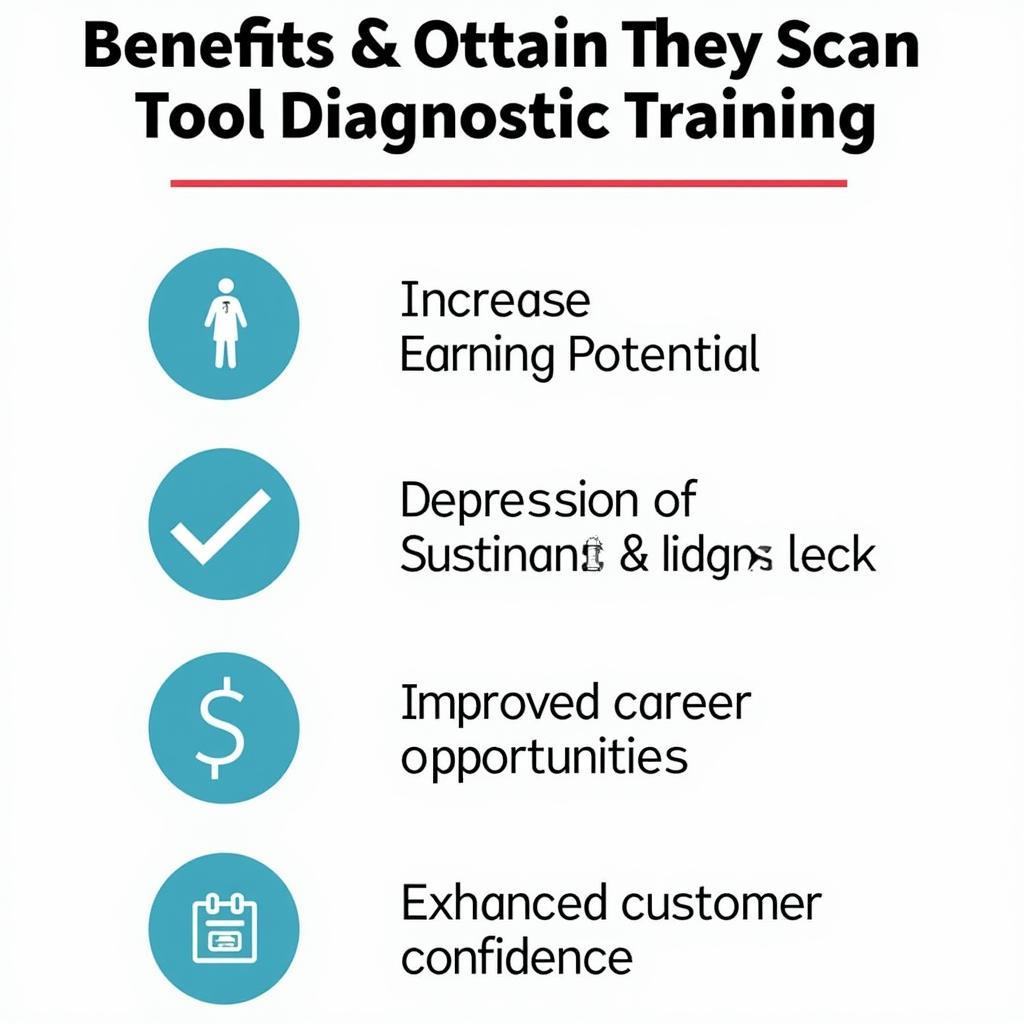The automotive world is constantly evolving, and so are the tools used to diagnose and repair vehicles. One of the most essential tools for any mechanic, technician, or even car enthusiast is an on-board diagnostic scan tool. These tools allow users to access the vehicle’s onboard computer system to retrieve diagnostic trouble codes (DTCs), monitor live data, and even reprogram or adjust vehicle settings.
But with so many different types of scan tools available, how do you choose the right one for your needs? This guide will provide a comprehensive overview of on-board diagnostic scan tools, covering everything from basic functionality to advanced features, along with tips on choosing the best scan tool for your specific situation.
What are On-Board Diagnostic Scan Tools?
On-board diagnostic (OBD) scan tools, also known as diagnostic scan tools, are devices that allow users to communicate with a vehicle’s onboard computer system. These tools connect to the vehicle’s OBD-II port, typically located under the dashboard, to access the vehicle’s diagnostic data.
OBD scan tools are not a new invention. They have been around for decades, evolving from simple code readers to advanced tools that can perform a wide range of functions.
How Do On-Board Diagnostic Scan Tools Work?
OBD scan tools work by sending and receiving signals through the vehicle’s OBD-II port. The tool’s software interprets the data received from the vehicle’s computer and displays it on the tool’s screen in a user-friendly format.
The process generally involves the following steps:
- Connection: The scan tool is connected to the vehicle’s OBD-II port.
- Communication: The scan tool establishes communication with the vehicle’s computer.
- Data Retrieval: The scan tool retrieves diagnostic data from the vehicle’s computer, including DTCs, live data, and other information.
- Interpretation: The scan tool’s software interprets the data and displays it on the tool’s screen.
- Analysis: The user analyzes the data to diagnose the vehicle’s problem.
Types of On-Board Diagnostic Scan Tools
OBD scan tools come in a wide variety of types, each with its own set of features and capabilities. The most common types include:
- Code Readers: These are basic scan tools that can only read and clear DTCs. They are often used by home mechanics or those who only need to diagnose basic issues.
- Advanced Scan Tools: These tools provide more comprehensive diagnostics, allowing users to monitor live data, perform bi-directional controls, and even reprogram vehicle modules.
- Handheld Scan Tools: These tools are portable and compact, making them ideal for mechanics who need to diagnose vehicles in different locations.
- PC-Based Scan Tools: These tools connect to a personal computer and use specialized software to access and analyze diagnostic data.
- Wireless Scan Tools: These tools use Bluetooth or Wi-Fi to connect to a smartphone or tablet, making them convenient for remote diagnostics.
Benefits of Using On-Board Diagnostic Scan Tools
There are many benefits to using OBD scan tools, including:
- Accurate Diagnostics: OBD scan tools provide accurate and reliable diagnostic information, helping mechanics pinpoint the source of the problem quickly.
- Time-Saving: OBD scan tools can save time by eliminating the need for guesswork and manual troubleshooting.
- Cost-Effective: By identifying problems early, OBD scan tools can help prevent more serious issues and save on costly repairs.
- Increased Safety: OBD scan tools can help identify safety-related problems, such as faulty brakes or air bag systems.
Choosing the Right On-Board Diagnostic Scan Tool
Choosing the right OBD scan tool for your needs depends on your experience level, the types of vehicles you work on, and your budget.
Here are some factors to consider:
- Compatibility: Make sure the scan tool is compatible with the vehicles you need to diagnose.
- Features: Consider what features you need, such as live data streaming, bi-directional controls, and reprogramming capabilities.
- Ease of Use: Choose a tool that is easy to use and understand, especially if you are a beginner.
- Price: Scan tools range in price from a few hundred dollars to several thousand dollars.
Frequently Asked Questions
Q: What are some popular brands of on-board diagnostic scan tools?
A: Some popular brands include otc scan tools, aid scan tools, and many others.
Q: Do I need a professional mechanic to use an on-board diagnostic scan tool?
A: While some advanced tools require specialized knowledge, basic code readers are user-friendly and can be used by anyone with basic mechanical knowledge.
Q: Can on-board diagnostic scan tools be used to modify vehicle performance?
A: Some scan tools offer advanced features that allow users to adjust certain vehicle settings, such as engine performance or transmission parameters. However, these features should only be used by experienced professionals.
Conclusion
On-board diagnostic scan tools are an essential tool for anyone working with vehicles, whether you are a professional mechanic, an enthusiast, or simply want to keep your vehicle running smoothly. With the right scan tool, you can diagnose problems quickly, perform repairs efficiently, and save money on maintenance costs. As the automotive industry continues to evolve, OBD scan tools will continue to play a vital role in helping us understand and maintain our vehicles.
If you are looking for the best on board diagnostic scan tool, we highly recommend browsing our allintitle best bidirectional scan tool selection for expert reviews and detailed comparisons.
Need help choosing the right tool? Contact us today for expert advice and support. We have a team of experienced professionals ready to answer your questions and help you find the perfect scan tool for your needs.


